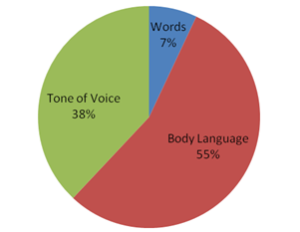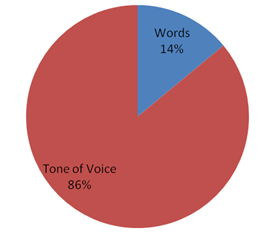 At some point in the sales and marketing process of most organizations, they will use the phone to reach the right person, close a sale, follow-up with a customer or to handle a customer inquiry. Thus the phone is necessary and integral to most organizations’ success.
At some point in the sales and marketing process of most organizations, they will use the phone to reach the right person, close a sale, follow-up with a customer or to handle a customer inquiry. Thus the phone is necessary and integral to most organizations’ success.
This is primarily because there is nothing entirely as personal and as fast as a phone call, which is why potential customers still prefer to call, despite having other options such as social media or chats.
Also, many people have phones. There are almost as many phone subscriptions as there are people on the planet. In Nigeria alone, the total active telephone subscriptions were 182.70 million at the end of November, 2019. This ubiquity of phones means that many prospects are accessible through calls.
Hence whether it’s for making contacts with customers or making cold calls to get new customers, the phone is a powerful business weapon.
Yet, for a number of reasons, most employees are not good at using it. Studies show that 92 percent of all customers use the phone before making a purchase and 85 percent claim to be dissatisfied with the interaction.
What many organizations do not realize is that using the phone to make sales is an art. It’s not as casual as it seems. And the reason lies in Albert Mehrabian’s 7-38-55 rule of personal communication which claims that in face-to-face interaction, intent is conveyed 7% through the Words, 38% through the Tone of Voice, and 55% through Body Language.

Face-To-Face
When interaction is over the phone, the Body Language is out and intent is now conveyed through the Words (14%) and Tone of Voice (86%) only.

Over The Phone
This increases the dependence on these two elements, leaving little room for error and at the same time offering huge benefits to those who have mastery over telemarketing. That’s why one wrong word on the phone can blow your chance at making a sale. And for tone of voice, there are ways to say things so that a customer never forgets you and your pitch – they are called hooks and tone control.
All this does not suggest that using the phone is the most effective way your organization can sell its products and services. The fact is that being in front of the customer is the most effective way, but it’s very expensive and can cost as much as 8 times more than a call and almost impossible to scale out because of the time it takes.
Besides, what if the face-to-face option is limited or unavailable as it has become today due to the pandemic?
The phone is a powerful sales tool. But it’s not much about the phone as it is about the mastery over its usage for sales. The effective use of the phone for sales requires great attitude and good skills. Do your sales and customer-facing employees have them?
If your organization is going to give prospects a reason to not buy, it should be a substantial one – not employees’ poor handling of calls or their sheer inability to effectively use the tool that’s always in their hand.